A few weeks ago, I visited historic sites along the western portion of the transcontinental railroad connected to Chinese labor. It was part of an historic interpretive tour and teachers’ workshop where we strategized how to incorporate site-specific primary sources into classroom settings. I participated on the tour partly to plan for potential curriculum opportunities but also as part of preparations for visits to my family's ancestral villages in the Pearl River Delta region of southern China. I wanted to see the links between the two geographical areas from a transnational perspective.
During the tour, I realized how little I knew of Chinese railroad workers’ contributions to one of the world’s major technological development at the time. By 1868, over 90% of the Central Pacific Railroad labor force consisted of Chinese immigrants (roughly 12,000 -15,000). I got to experience first hand how Chinese labor helped shape the physical landscape and how their sweat equity revolutionized the settlement and economy of the American West.
Gold Mountain or Gum Saan is a term that I am very familiar with - both personally and professional - in my family’s migratory histories and in my work teaching immigration history. It is part of the “pull factors” of why so many Chinese workers from the Pearl River Delta region left their homes to travel halfway around the world for economic opportunities in the late 19th and early 20th centuries. But it was always an abstract term for me because I never connected it to a specific place. I had always used it broadly to refer to California. Now, Gum Saan registers differently to me: it no longer is a place in my imagination but rather physical place that I too have walked on.
We were joined by staff from the US Forest Service, who were co-sponsors of the tour. US national parks and forests are things that always seemed to me quintessentially American. The staffers’ presence on the tour made a lasting impact on me as they told the history of Chinese railroad workers as an inherently American story. This too was America.
There’s still so much to unpack as I think deeply about this experience, but one thing is clear to me now: my homecoming has already begun with my visit to Gum Saan, following the western route of the Transcontinental Railroad, standing on the very ground and feeling the same sun that many Chinese Railroad builders—including my great, great grandfather—experienced over 150 years ago. ■
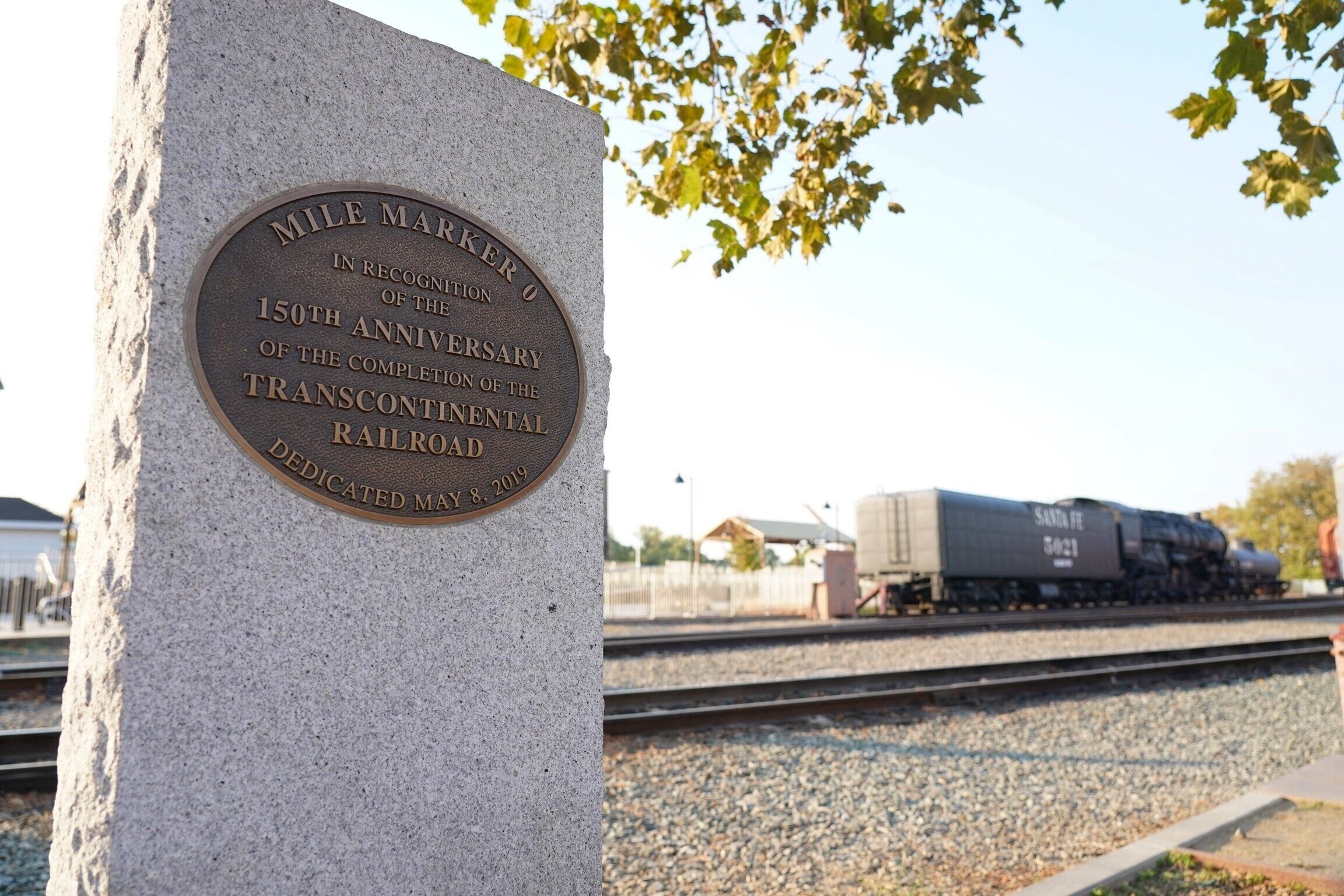
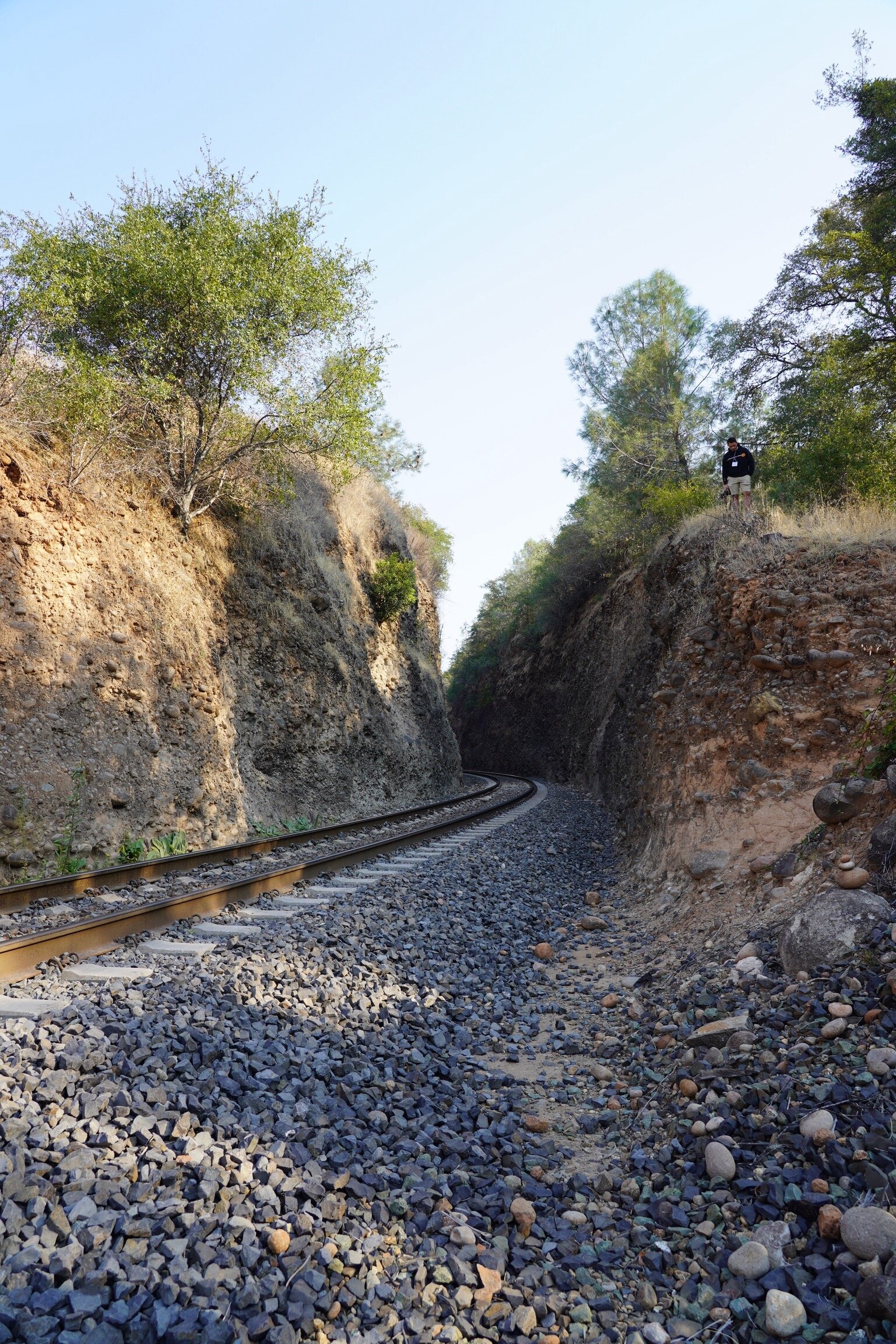
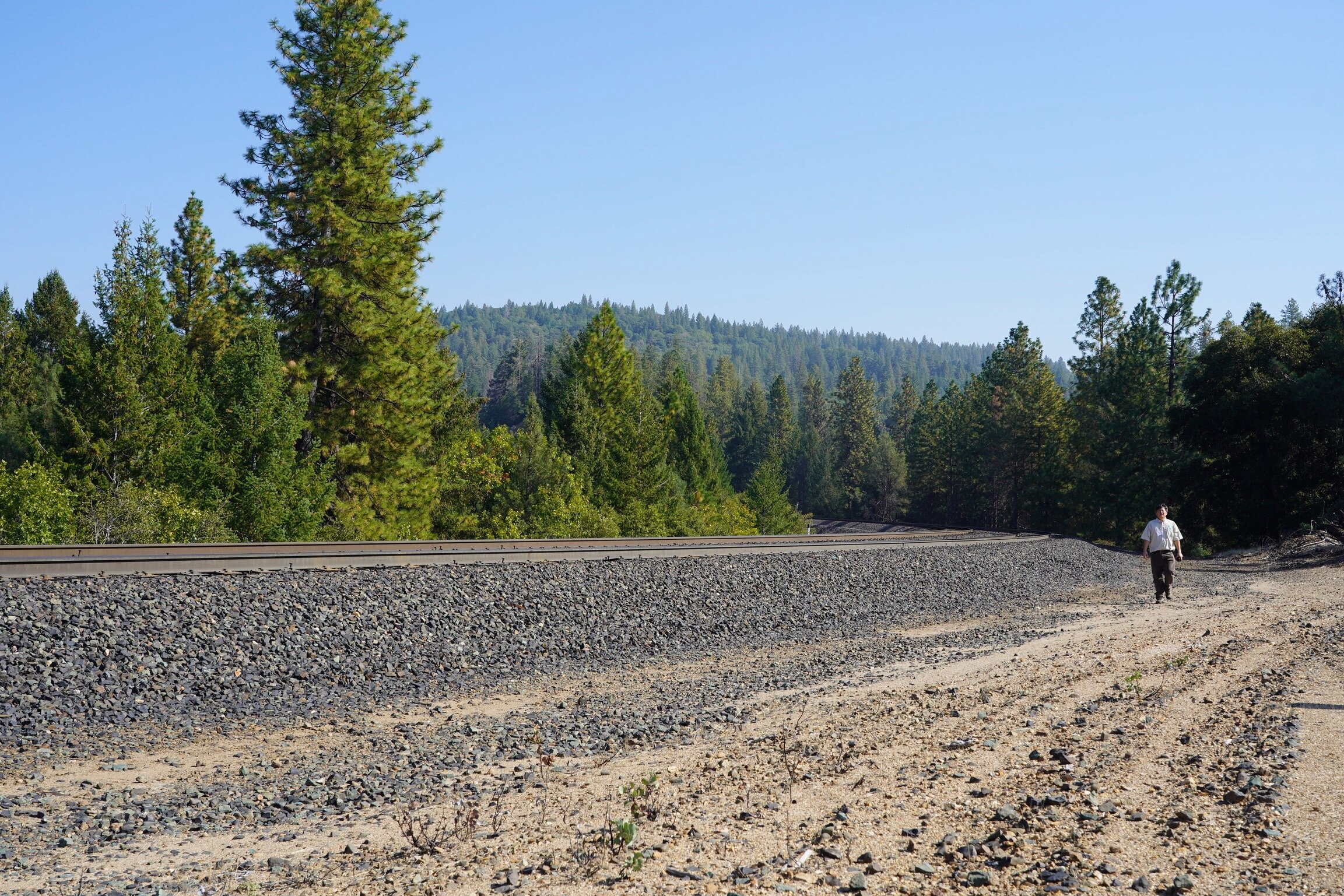
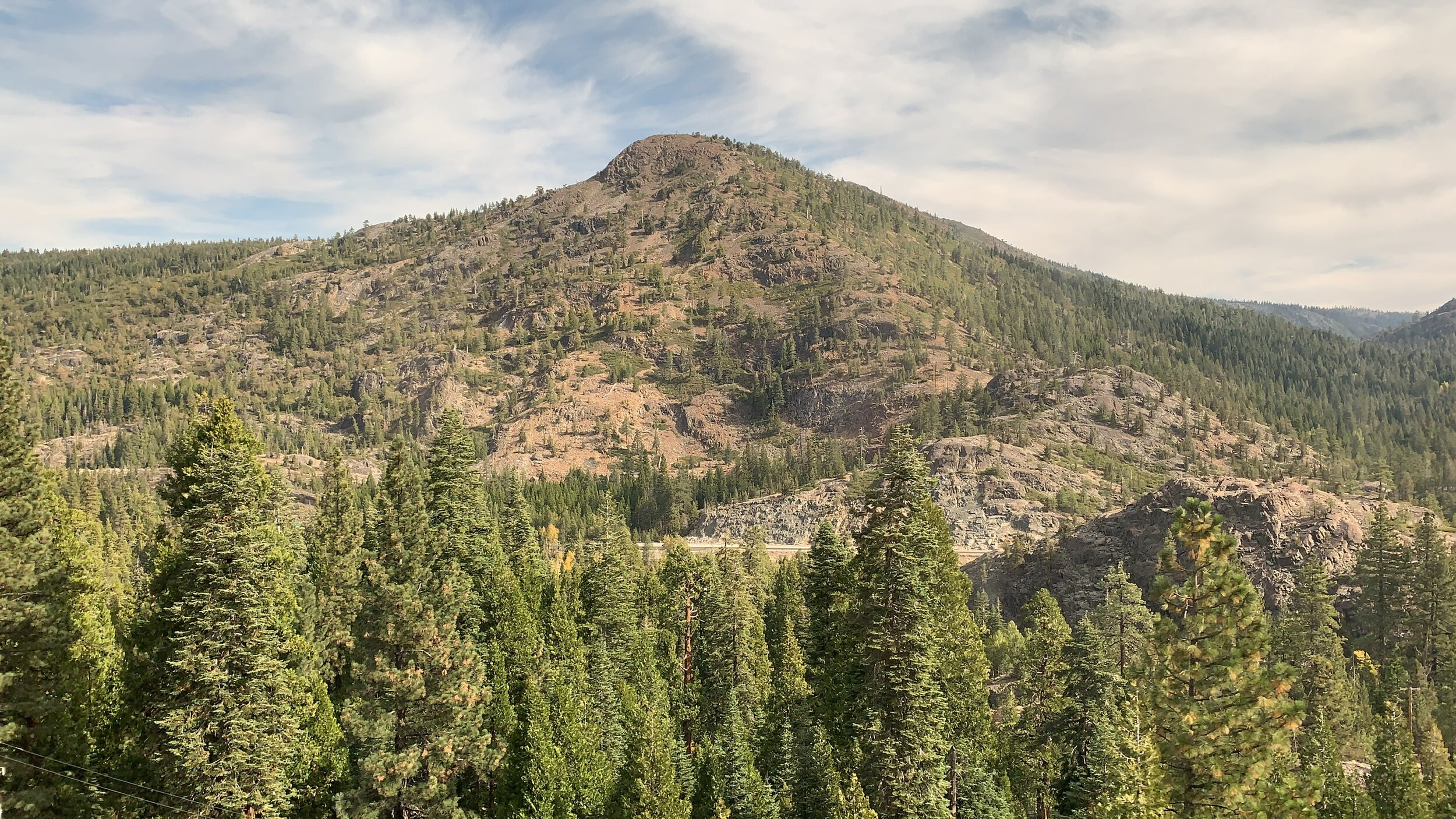
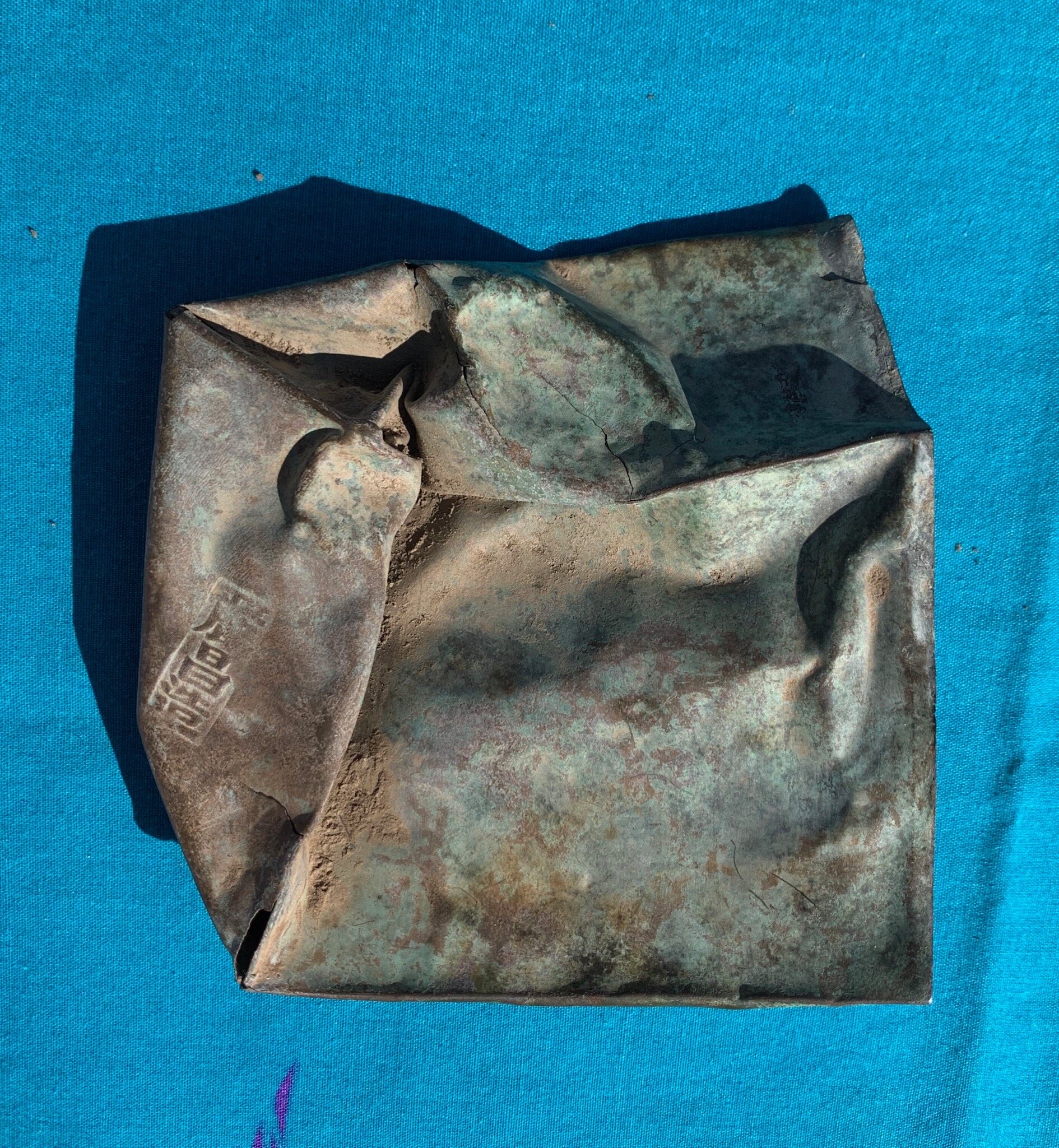
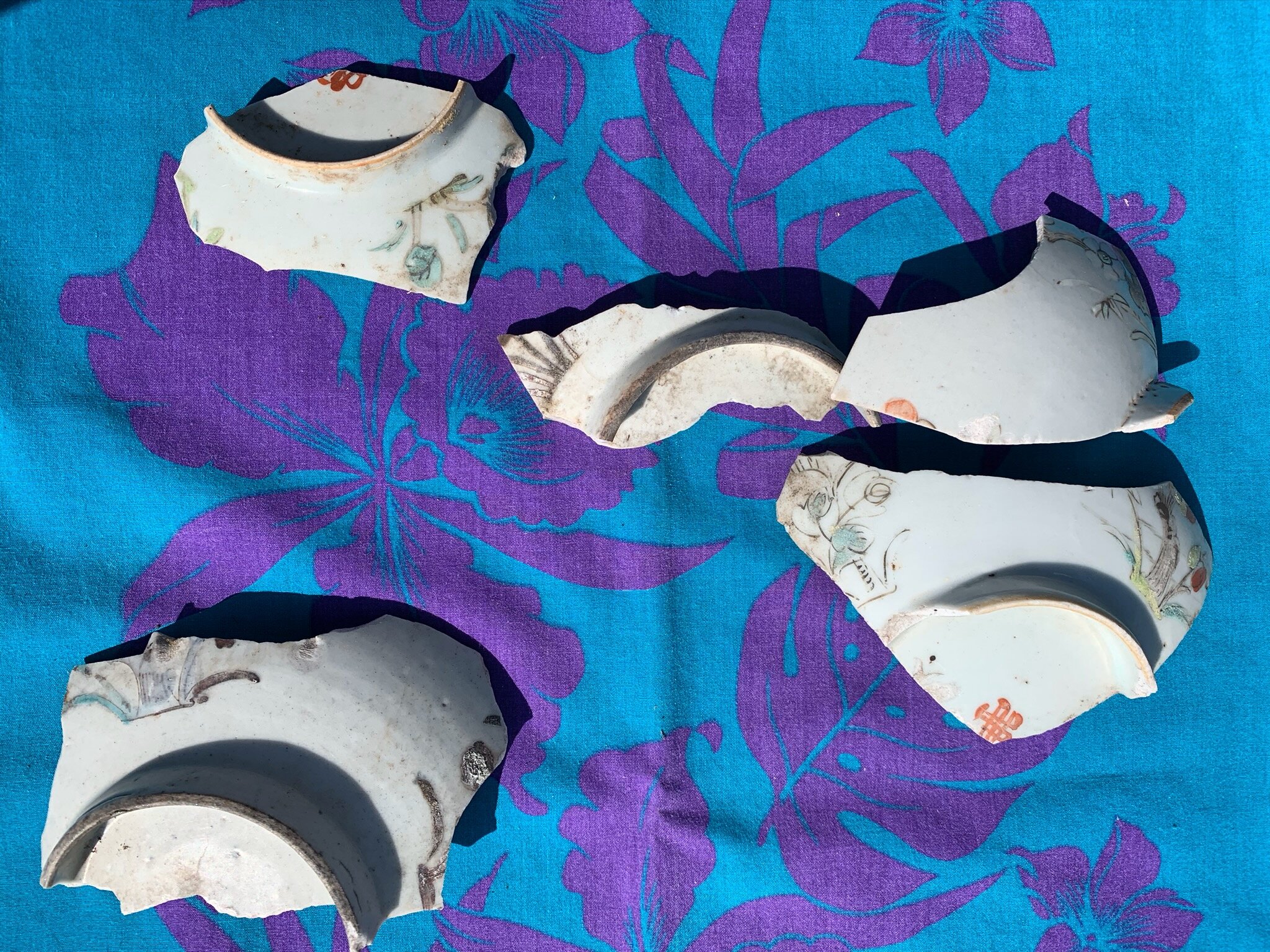
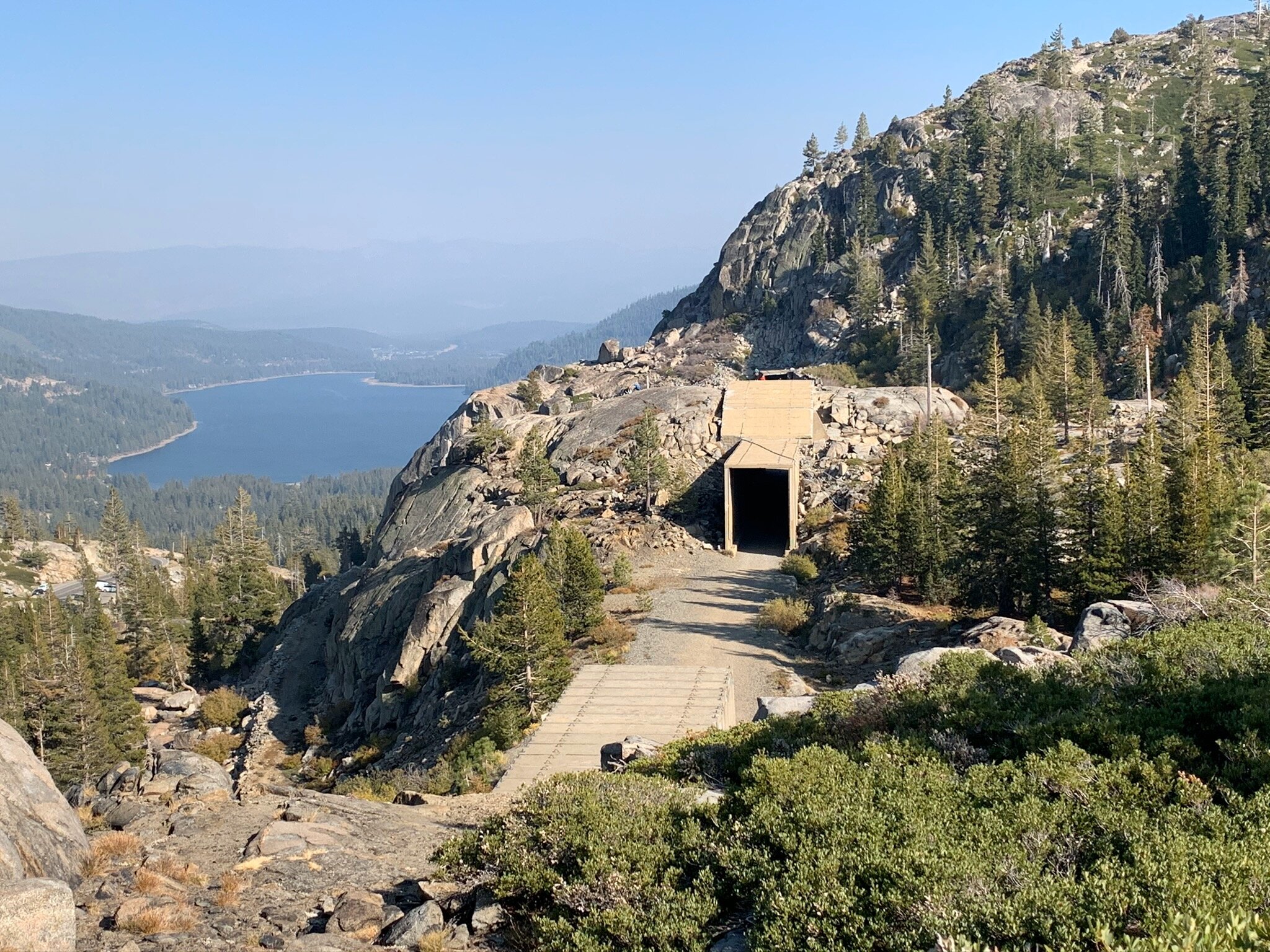

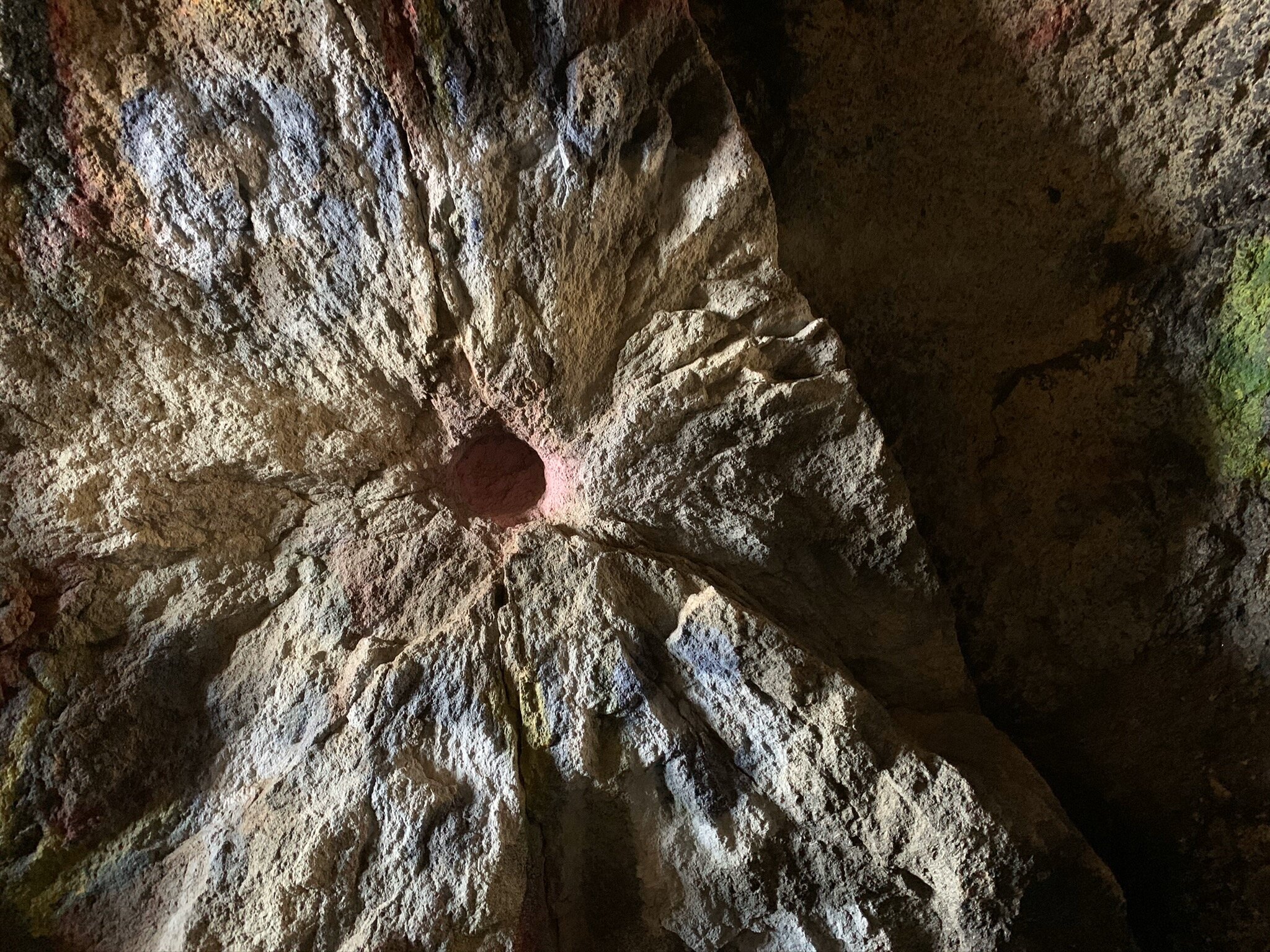
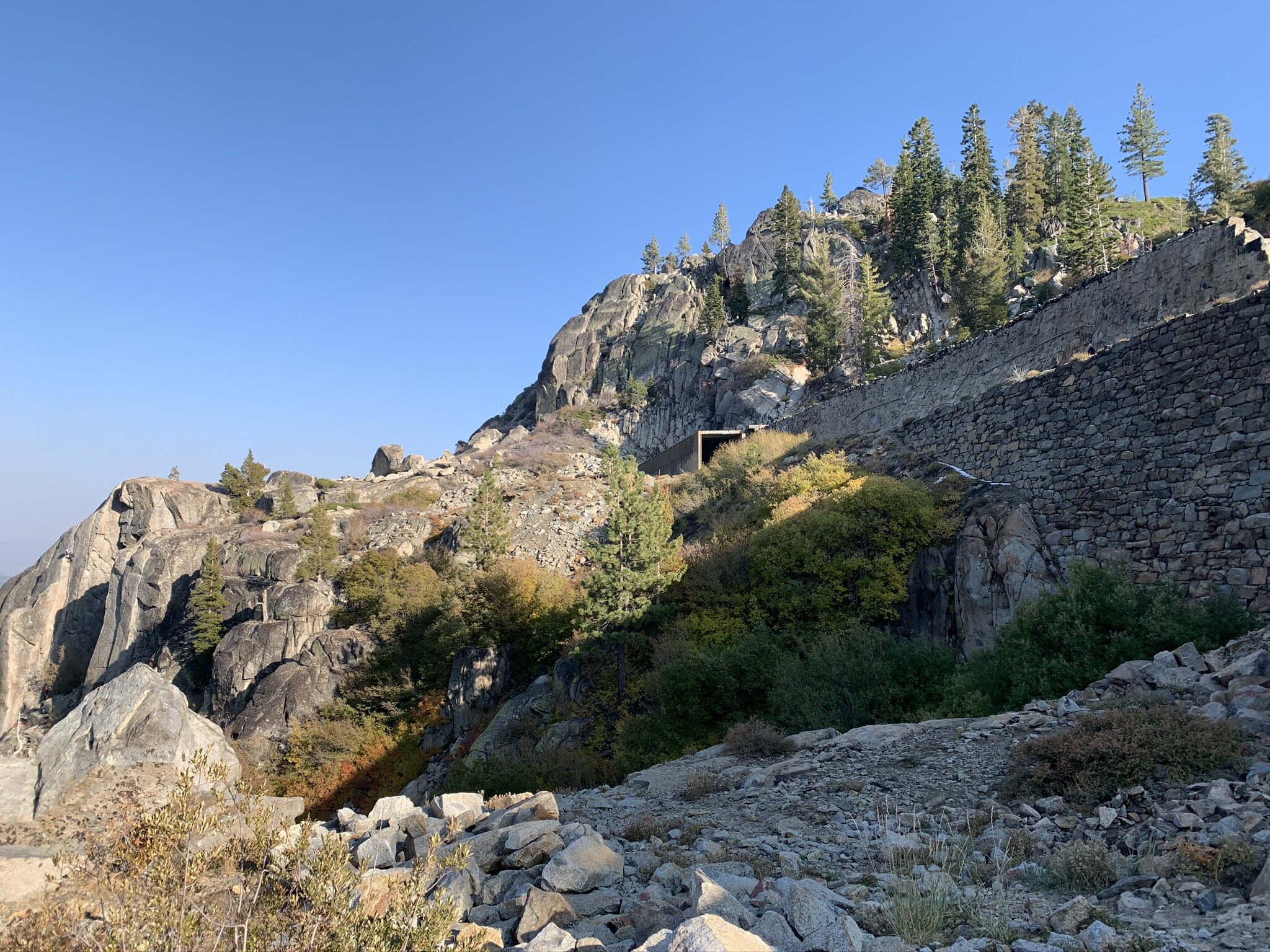

In May 2020, US Forest Service released Legacy, a film produced in the Tahoe National Forest that documents the contributions of Chinese workers to the completion of the Transcontinental Railroad.
You can find resources for a self-guided tour of Chinese Railroad Worker Sites in Northern California HERE